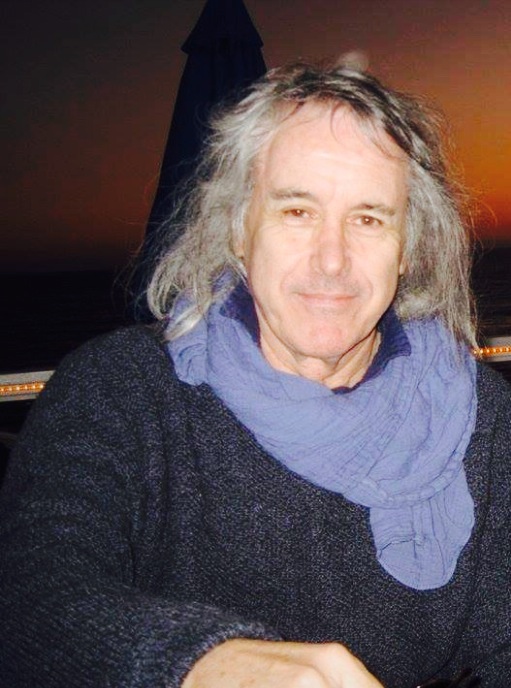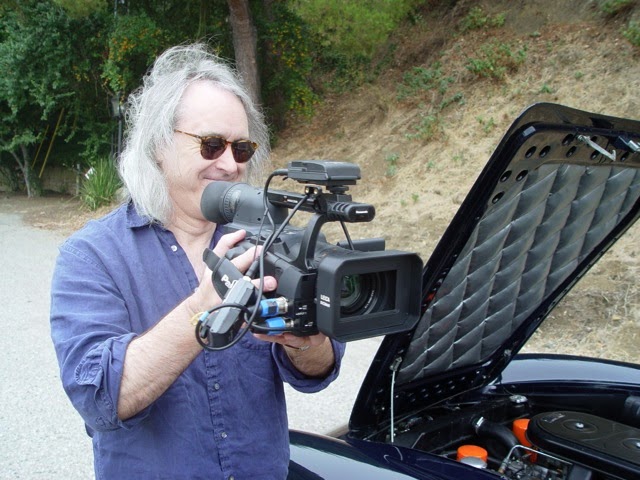Saturday, June 28, 2014
Action/ReAction for singers
Having developed the Action/ReAction technique over twenty-plus years, I have seen it grow and evolve into a highly technical approach with component parts each with their own specific function and purpose. I have applied the technique to actors, of course, and to businessmen whose careers relied on being able to resonate constituent groups amongst the audience for their public proclamations. I have generally avoided politicians and lawyers in this regard though I would make an exception for a notable few.
In the process of getting my students to think of themselves as singer/dancers rather than actors or public speakers, I have never actually instructed the technique to singers advising that they think of themselves as an actor--until now.
The student in question needed no help whatsoever with music--vocal or instrumental--as he has that down and is very talented. What I started with, as I do with any student, is the brand and how he wanted the public to perceive him as an artist. We discussed the personal brands of well known artists as examples of how a brand can manifest for a musician. It took only a few minutes for this to become obvious and helped to formulate his own personal brand. He now understands that the DNA of his brand must be evident in every public offering whether a song, a photograph, a PR interview, a personal appearance or blog post.
From there, we moved into a discussion of the technique itself. As a singer, he was already accustomed to singing his songs in phrases, so we moved into emphasis and then broached the subject of interstitial reactions. He had never heard of the concept but quickly understood why they are important in resonating the various groups that comprise an audience--after all, growing a fan base is as important to a singer as it is to an actor.
This was only the first session with him but he took to it easily and it underscored for me how the technique, though designed for actors, has relevance to any form of communication.
Subscribe to:
Post Comments (Atom)

























































No comments:
Post a Comment